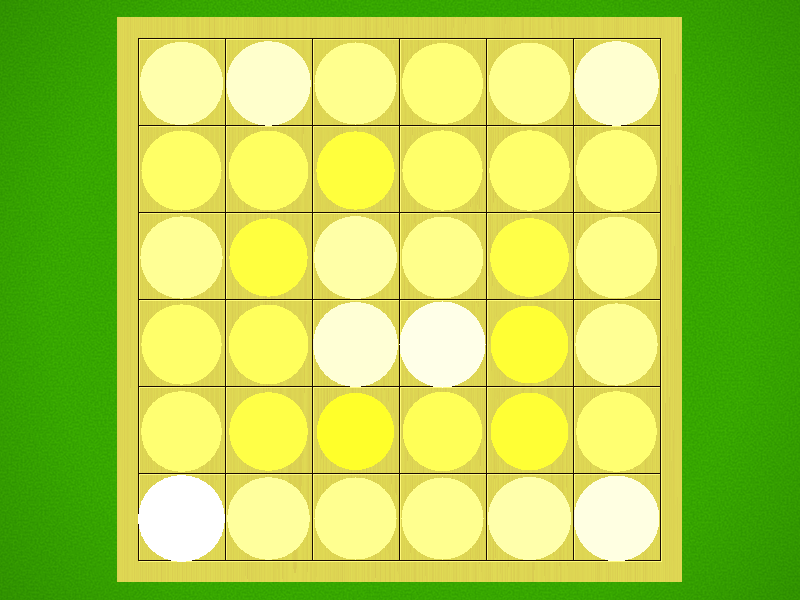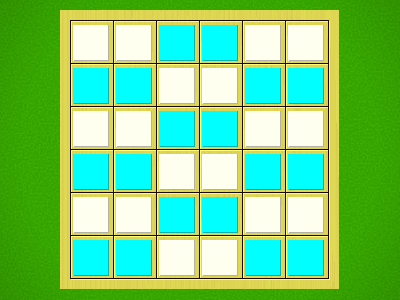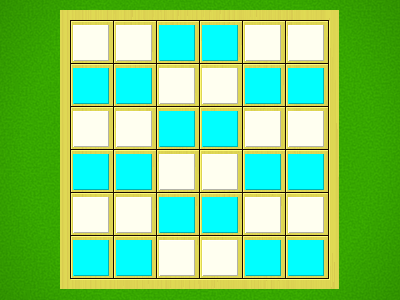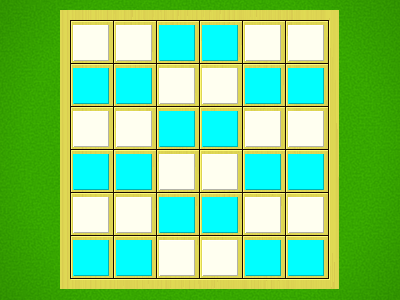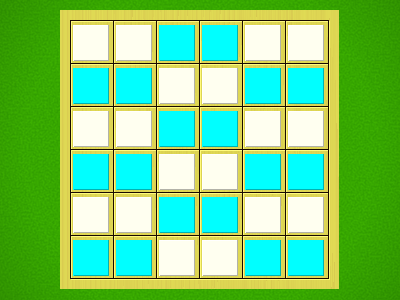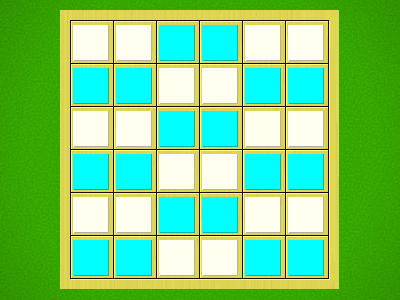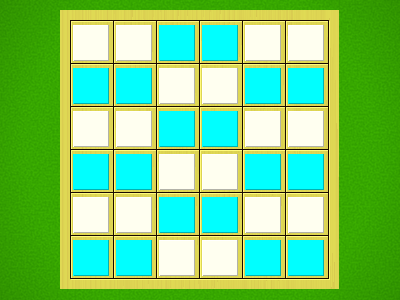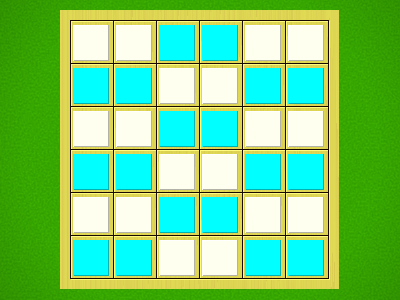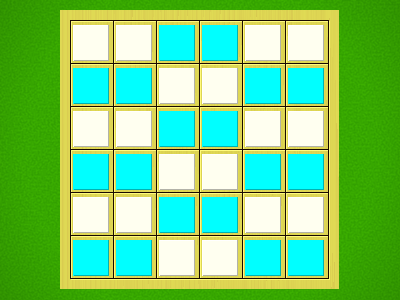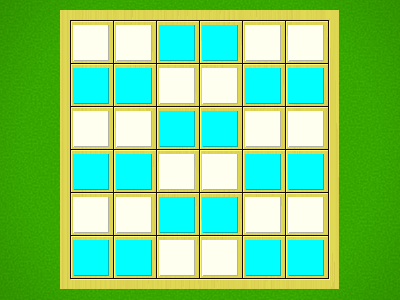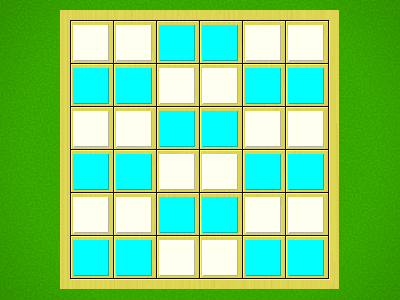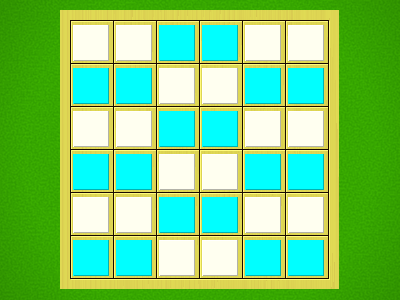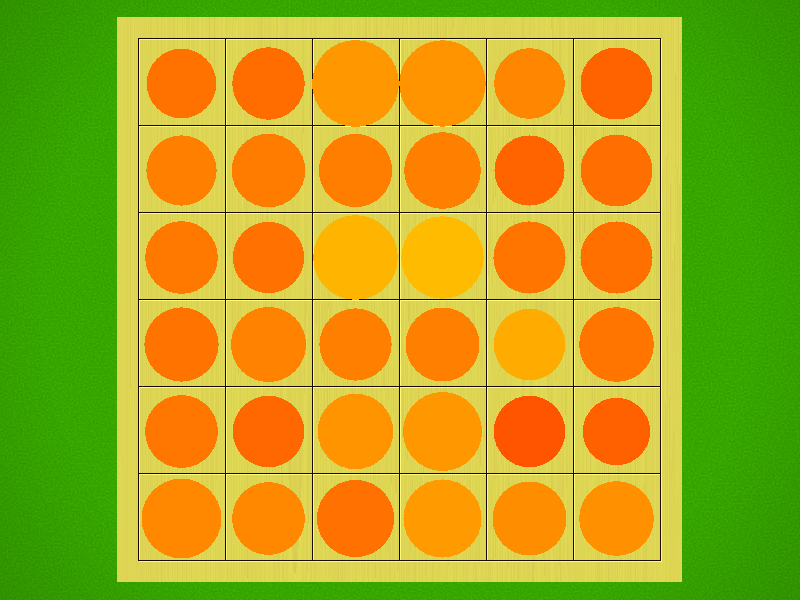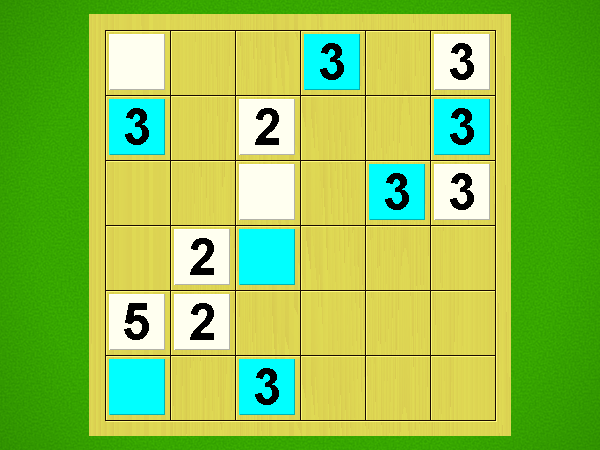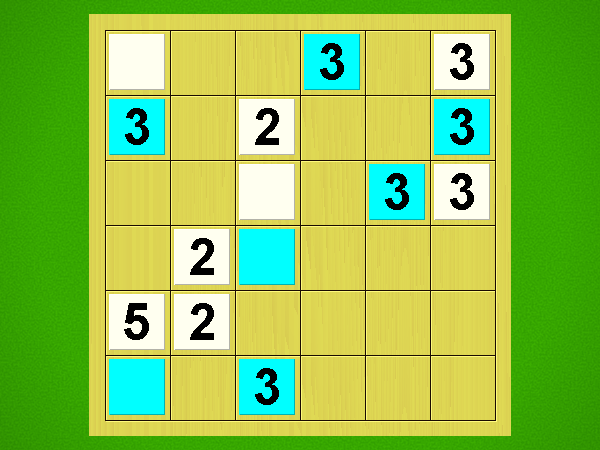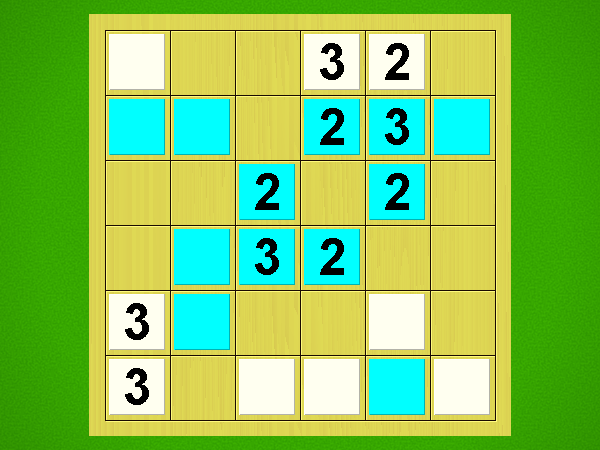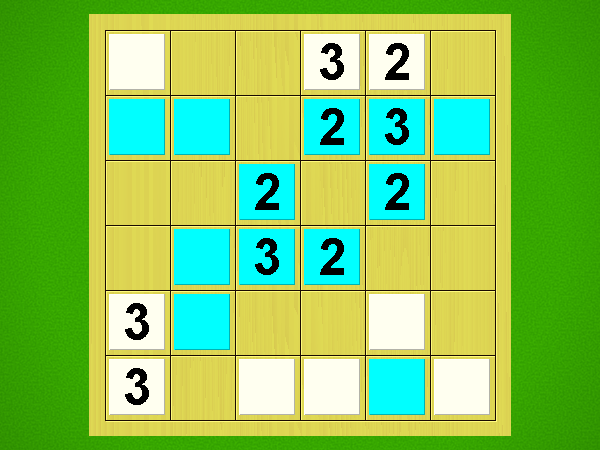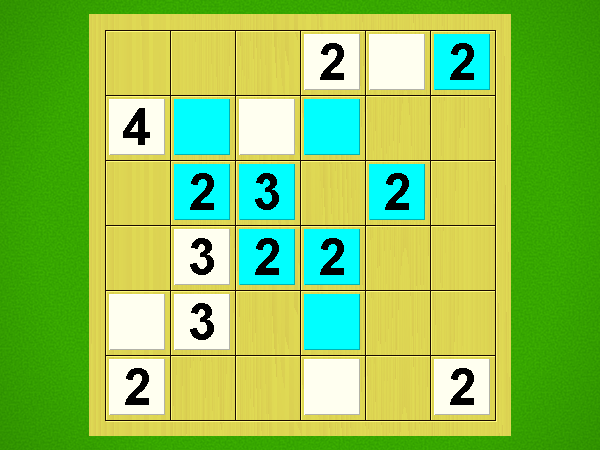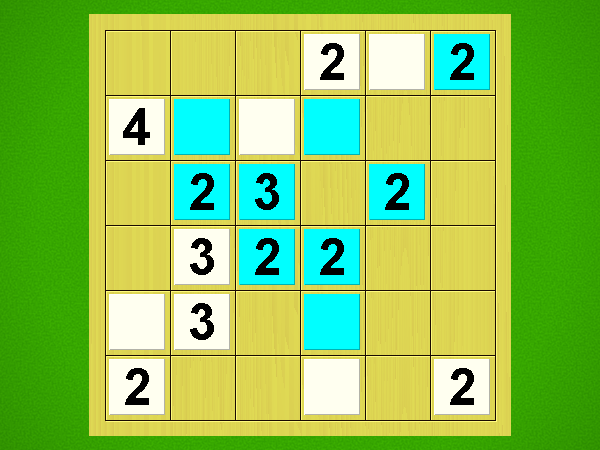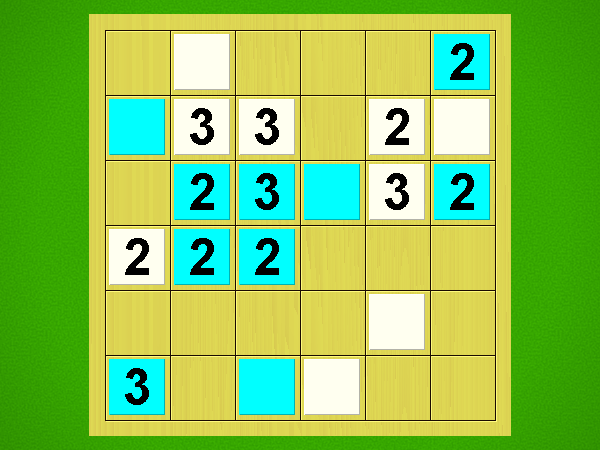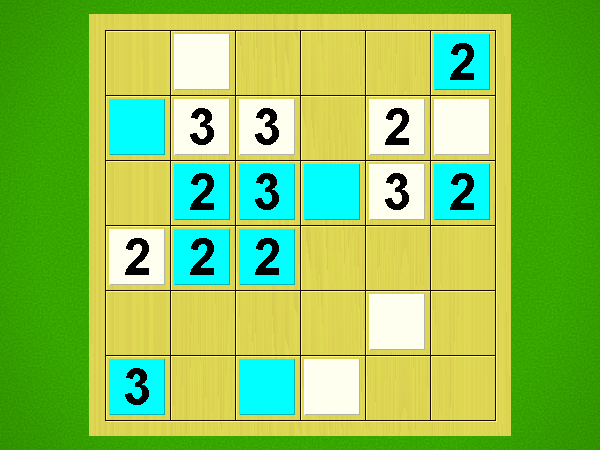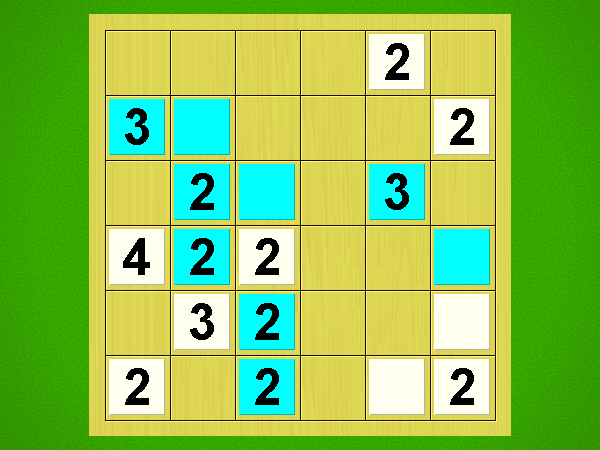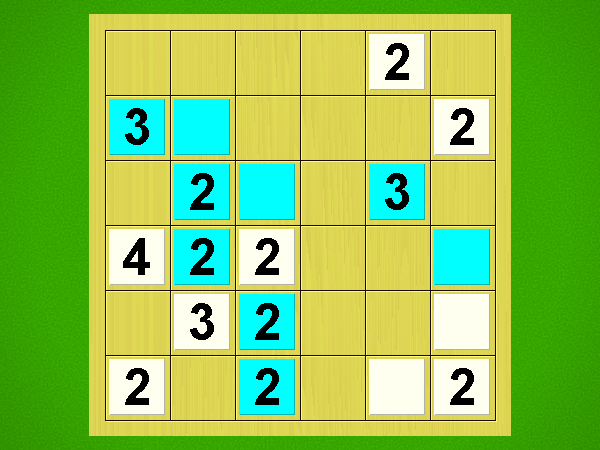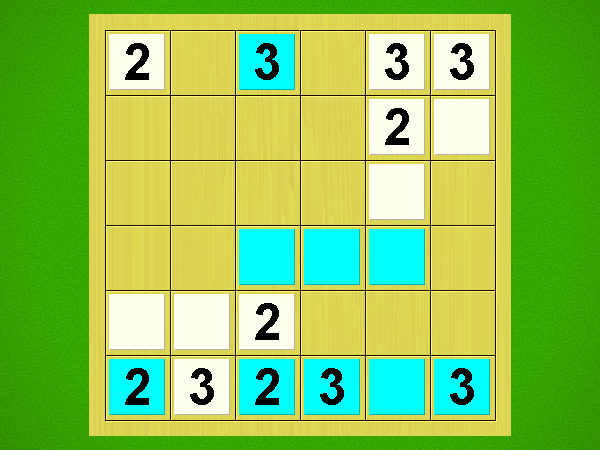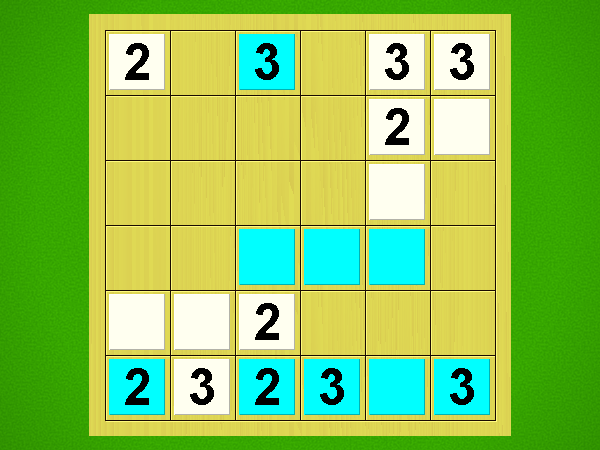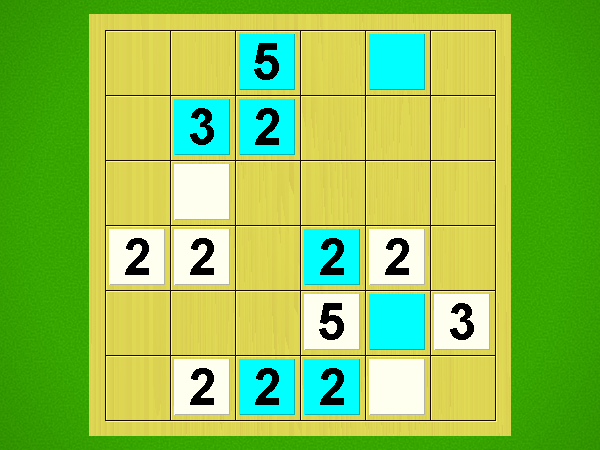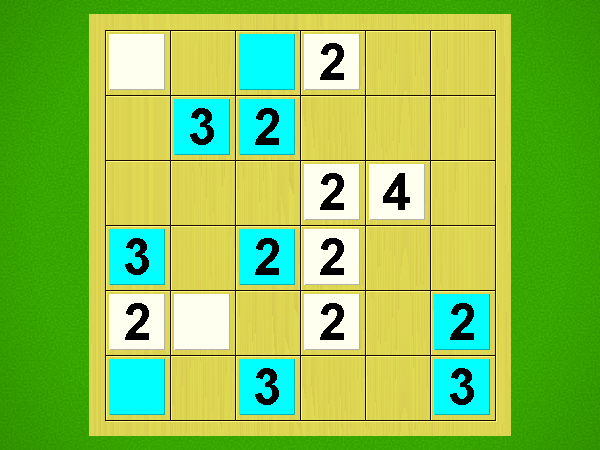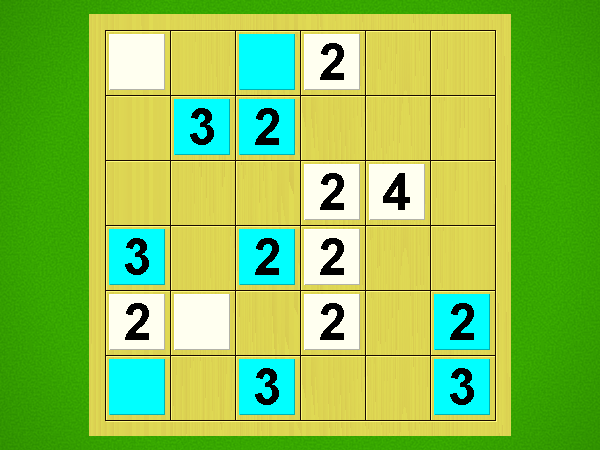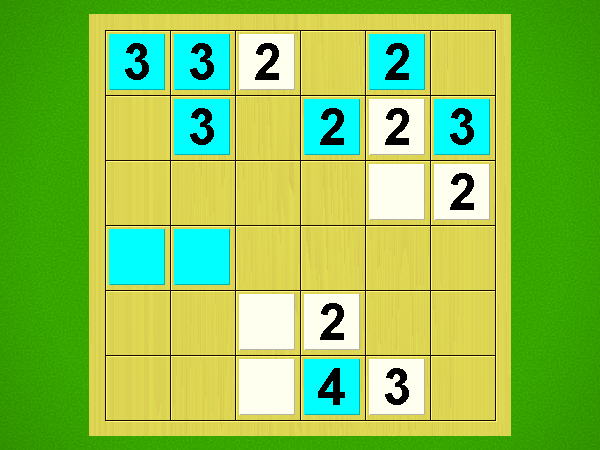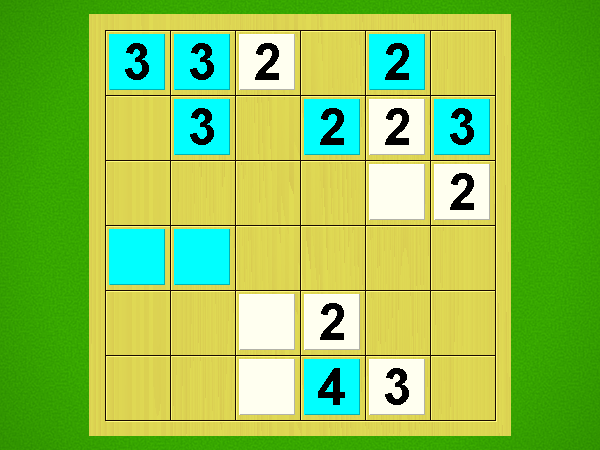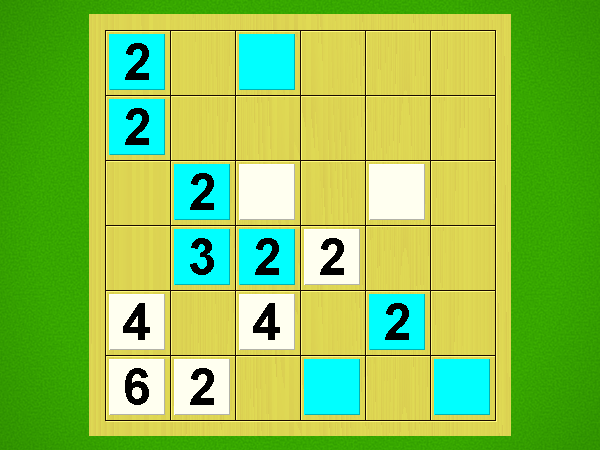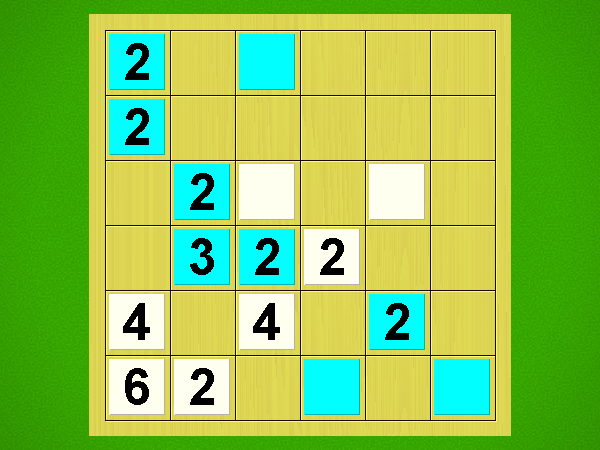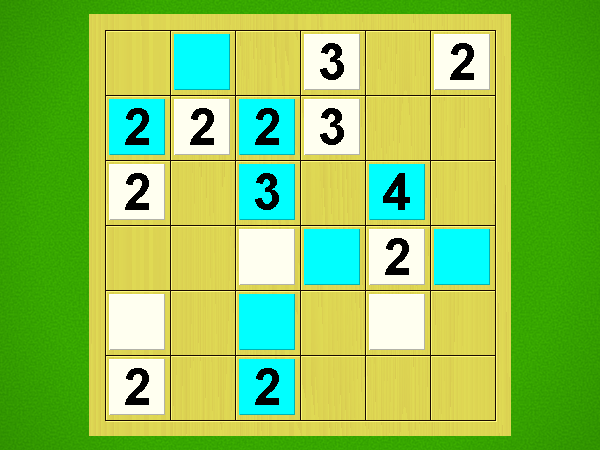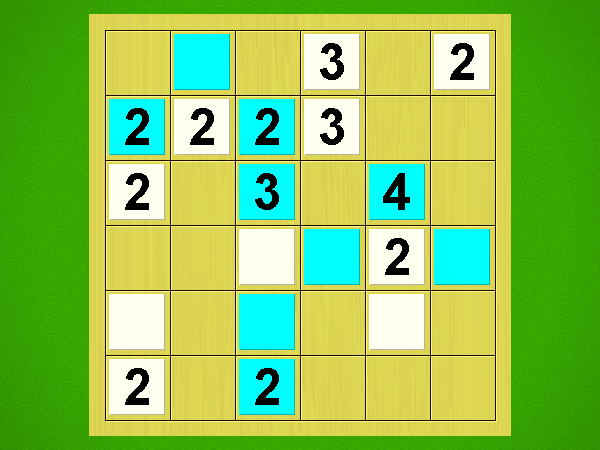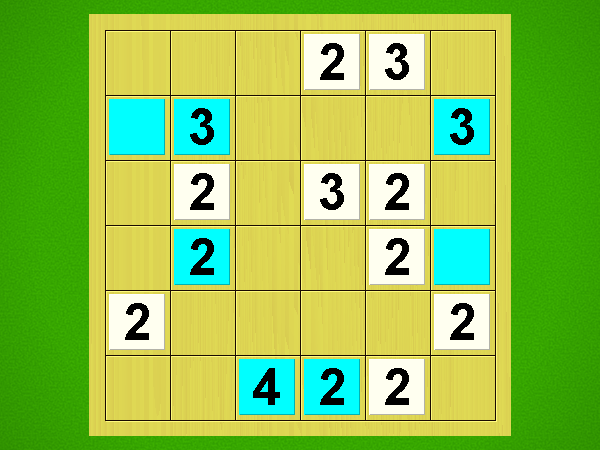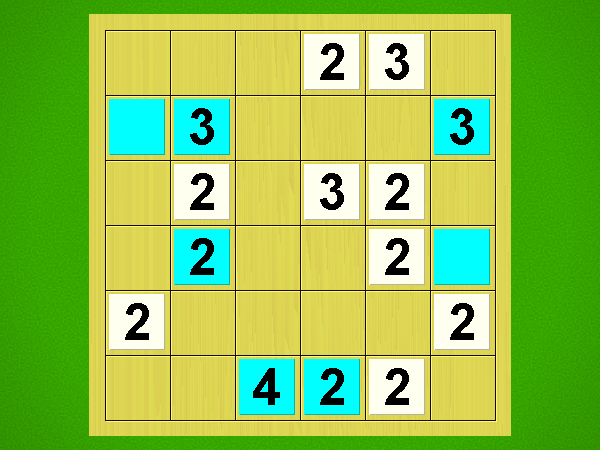Rules
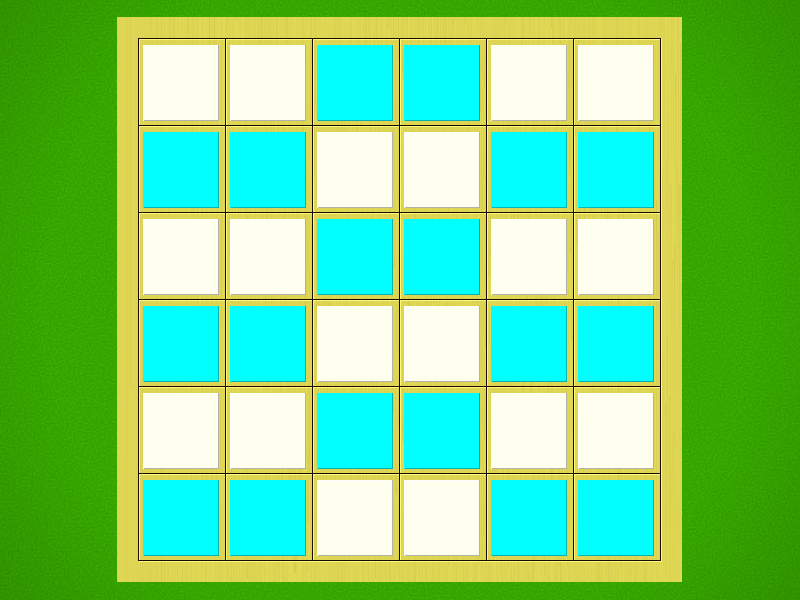
Representative game (in the sense of being of mean length). Wherever you see the 'representative game' referred to in later sections, this is it!
Object of the game
The player who stacks best and is thus able to claim the most pieces wins the game. The top piece of each tower is what's crucial!
This is how you play
Players alternate turns; the player with the light-colored playing pieces begins the game.
On your turn, you may only jump with one of your playing pieces; sliding a piece is not allowed. A jump always goes over exactly 2 other playing pieces, orthogonally or diagonally, onto a space behind that. You may jump over any number of unoccupied spaces; they are not included in the count.
The jumped-over playing pieces may lie on the board next to one another, on top of each other, or with a distance between them - all options are possible; only the number TWO has to be exact.
End of the game
Once one player can no longer jump, the other player has another turn. If that first player now has another possibility to jump, the game goes on. But if he still can't jump, then the game ends.
Scoring
Only towers that consist of at least 2 stacked playing pieces are scored. Single playing pieces are removed from the game.
Each player scores for the towers with his color on top. He adds up all the playing pieces of his towers; each piece is worth one point. Who will have the most points in the end?


